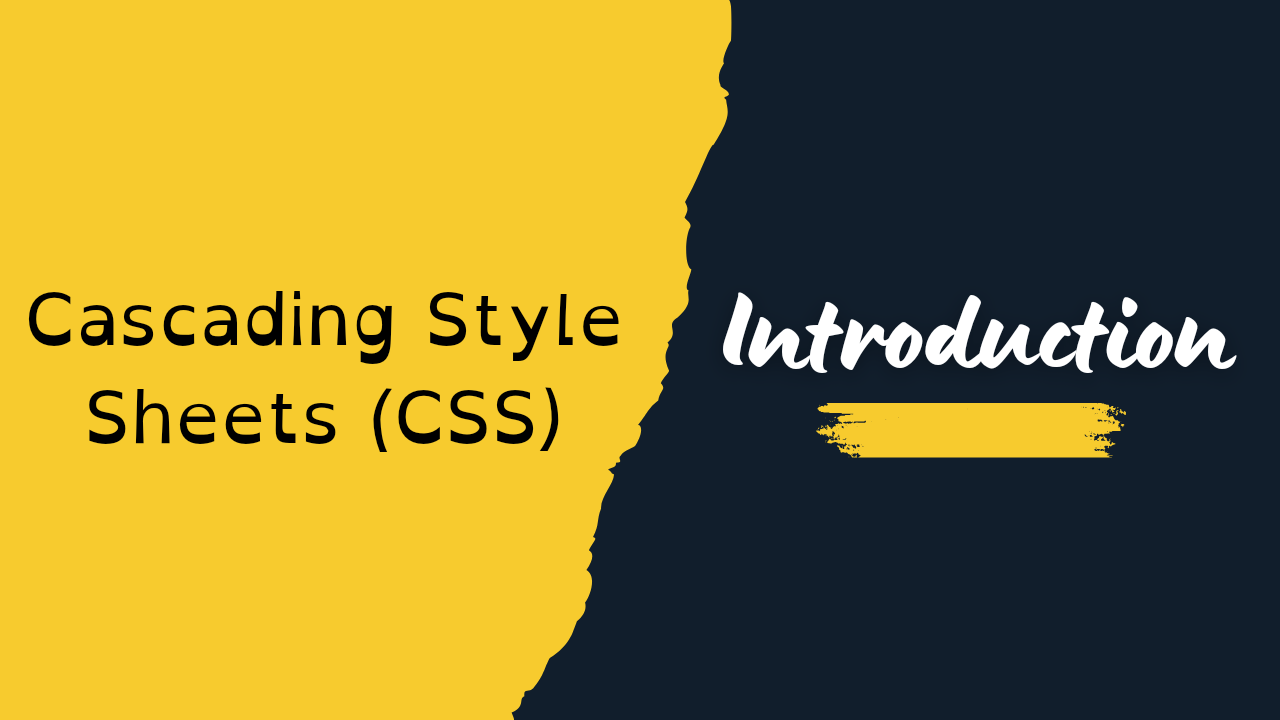Cascading Style Sheets (CSS) is an essential part of the web technologies whose importance cannot be overemphasized in today’s web development. CSS is a set of rules that can be applied to HTML documents to add dimensions of presentation and layout that would otherwise be inseparable from the content.
CSS is designed with rules given by the coder to the browser that dictates how elements on the web page should be styled. These rules include properties such as; type of fonts, colors, sizes, arrangement, and other factors influencing the appearance of objects.
The term ‘cascading’ therefore refers to how these rules are applied in the style sheet with the special treatment of rules with a higher specificity overriding rules with low specificity, thus creating a cascade.
The preliminary usefulness of CSS is represented by the constant management of the site with regard to the style templates. This way, by defining styles in a single place, the developer can achieve better organization and significantly ease the process of changing some of the aspects of a website’s design – one simply needs to change the CSS file and won’t have to modify every single HTML tag. This idea enhances workspace organization, extensibility, and overall performance in website construction.
CSS has numerous features, and it is a versatile language that provides different opportunities and facilities for designers and developers to create stunning and open web pages. Some of the key features include:Some of the key features include:
- Selectors: In CSS there are many and diverse selectors like the element selectors , class selectors ID selectors, and attribute selectors, which empower the CSS developer to style the HTML elements in a way that has precise reference.
- Properties and Values: CSS is used to control style of elements on screen and contains attributes of syntax like font, color, size, layout and position. To achieve the specified look each object has a set of values associated with the property at a stock level.
- Cascade and Inheritance: In the context of conflicts, CSS tells you how to do with two or more styles that apply to same element and it is pretty straightforward using the most specific rule. Inheritance lets children’s properties propagate from their parents’ properties, so we find the smallest number of code like constructs along this vein.
- Responsive Design: CSS along with other techniques like media queries is the one that makes mobile-friendly websites possible by re-arranging its structure and display on different screen sizes and devices hence guaranteeing better user experience across a variety of platforms.
- Advanced Styling: CSS, that is more advanced has flexbox, grid layouts, animations, transformations and pseudo-classes for this purpose you can let developers to create simple as well as dynamic visual effects on webpages.
There is no doubt that CSS has a lot of importance in web development profession. CSS enables creation of better, consistently styled, functional, and easily updated websites by providing definition of layout and presentation from the content. Collection of style allows for better organization and control, minimizes the use of styles, and helps in improving browser compatibility.
Furthermore, due to the popularity of CSS, several CSS pre-processor frameworks and frameworks designed around CSS have been developed, such as Bootstrap, Foundation, Sass, Less and more, these are pre-built styling solution that are responsive and can be customized. These tools are also important in expanding the development processes and easing creation of intricate Web designs.
To sum up, Cascading Style Sheets, or CSS, is an important technological tool of web development as it offers a strong and adaptable model to regulate the looks of the web documents. As can be expected benefits in CSS are extensive and by using features, selectors, properties, and values in CSS web developers can design great looking, interaction and usability web sites that would appeal to more visitors in the current generation World Wide Web.



